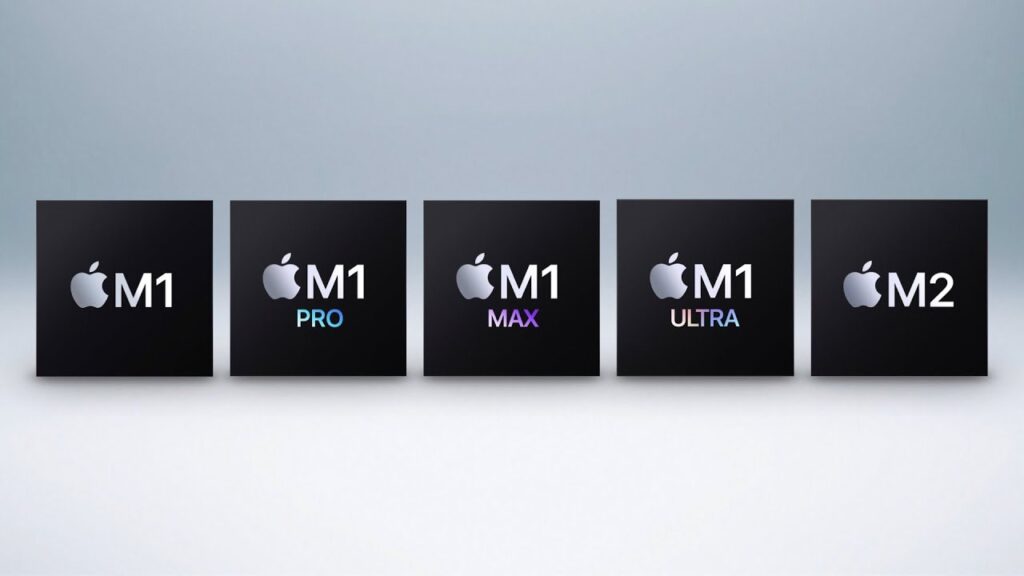Are Lightweight Devices Replacing Laptops for Modern Professionals?
The landscape of professional computing is undergoing a profound transformation, driven by evolving work habits, technological innovation, and the growing demand for mobility.
Lightweight devices, including ultrabooks, tablets, and hybrid laptops, have become increasingly prominent in the workflows of modern professionals.
These devices are not merely convenient tools; they are designed to accommodate the demands of flexible schedules, remote work, and rapid collaboration.
With the proliferation of cloud computing and high-speed internet, professionals can now perform complex tasks on compact devices that once required bulky laptops.
The rise of digital nomads, co-working spaces, and hybrid office environments has further accelerated this trend, positioning lightweight devices as more than just an accessory—they are becoming central to professional productivity.
This shift raises a critical question: are traditional laptops still essential, or are lightweight alternatives now poised to replace them in mainstream professional use?
The Rise of Lightweight Devices
The adoption of lightweight devices has been fueled by the convergence of portability, efficiency, and technological advancement.
Unlike conventional laptops, ultrabooks and tablets offer remarkable mobility, often weighing less than two kilograms while delivering sufficient computing power for everyday tasks such as document editing, presentation preparation, and communication.
Industries like consulting, marketing, journalism, and creative design have embraced these devices for their ability to enhance responsiveness and flexibility.
For instance, a consultant traveling between client meetings can complete reports, manage spreadsheets, and conduct video conferences seamlessly from a slim ultrabook, without the logistical burden of a heavier laptop.
Recent market data indicates a clear trend: in 2024, over 65% of professionals under the age of 40 report using ultrabooks or hybrid devices as their primary work tools, citing portability, ease of integration with cloud services, and fast startup times as decisive factors.
Additionally, manufacturers are expanding the ecosystem surrounding these devices by introducing accessories such as detachable keyboards, stylus pens, and portable docking stations.
These enhancements allow tablets and ultrabooks to function as fully capable workstations, supporting multiple monitors, peripheral devices, and complex workflows.
The combination of hardware innovation and accessory support has solidified lightweight devices as a viable alternative to traditional laptops for many professionals.
Integration into Professional Workflows

Lightweight devices excel when integrated into modern professional workflows that rely on cloud computing, collaborative platforms, and productivity applications.
Employees can access, edit, and share documents in real time, participate in virtual meetings, and track project progress—all from a tablet or ultrabook.
Platforms such as EGW news report that industries emphasizing rapid communication, client responsiveness, and mobile work are increasingly adopting these devices to streamline operations.
For example, creative teams using collaborative design platforms like Adobe Creative Cloud can work simultaneously on large projects from multiple locations.
Similarly, marketing professionals can manage social media campaigns, track analytics, and communicate with clients from the field, without returning to a central office.
Tools like Google Workspace, Microsoft 365, Slack, and Trello complement the portability of lightweight devices, creating an ecosystem where mobility and efficiency reinforce each other.
Furthermore, advancements in AI and automation allow lightweight devices to perform tasks such as data analysis, content generation, and workflow optimization, previously thought feasible only on high-powered laptops or desktops.
This evolution underscores the role of lightweight devices not just as tools for convenience but as integral components of professional productivity strategies.
Performance vs. Portability: Striking the Balance

While portability is a major advantage, performance remains a critical consideration in the debate over replacing traditional laptops with lightweight devices.
High-end laptops typically outperform ultrabooks and tablets in processing speed, graphics capabilities, and multitasking efficiency, which are crucial for software development, video production, data analysis, and other resource-intensive tasks.
However, modern lightweight devices have made significant strides. Ultrabooks equipped with Intel Core i7/i9 or Apple M-series processors, combined with up to 32GB RAM and dedicated graphics cards, are now capable of running complex professional software with minimal latency.
Benchmarks suggest that high-end ultrabooks can execute up to 85-90% of tasks traditionally reserved for heavier laptops, including data visualization, coding environments, and creative software.
This convergence of performance and portability is particularly relevant for mobile professionals, who require devices capable of supporting both routine tasks and demanding applications.
The trade-off between weight and capability is shrinking, and hybrid devices are blurring the line between mobility and raw computing power.
Professionals can now carry a lightweight device that fits in a backpack while maintaining the capacity to run software that previously necessitated a desktop-class laptop, creating a balanced solution for contemporary work demands.
Limitations and Considerations
Despite their numerous advantages, lightweight devices have inherent limitations that professionals must consider. Compact screens and smaller keyboards may affect comfort during prolonged work sessions, particularly for tasks requiring extensive typing or detailed design work.
Storage limitations can be challenging for professionals who manage large datasets, video projects, or software development environments. Battery life, while improved in recent models, may still underperform under intensive use, and the slim design often restricts internal upgrade options.
Cost is another factor: premium ultrabooks and hybrid devices frequently rival the price of high-end traditional laptops, requiring careful consideration of value versus necessity.
Security is equally critical; lightweight devices are often cloud-dependent, which demands rigorous data protection measures and secure access protocols to prevent breaches. Businesses adopting these devices need to ensure that enterprise-grade encryption, remote management, and backup solutions are in place to safeguard sensitive information.
Balancing these limitations against the benefits of portability and workflow flexibility is essential for professionals seeking to optimize their device selection for both performance and convenience.
Impact on Industries and Future Trends
The impact of lightweight devices extends across multiple industries, from consulting and finance to education and creative fields. Education professionals are using tablets for interactive teaching, virtual classrooms, and real-time student assessments.
In healthcare, lightweight devices enable clinicians to access patient records, conduct telemedicine consultations, and document procedures on the move. The corporate sector is increasingly adopting ultrabooks and hybrid devices to support flexible work policies and hybrid office environments.
Looking ahead, advancements in processor efficiency, battery technology, and cloud computing are expected to further enhance the capabilities of lightweight devices.
Innovations such as foldable screens, 5G connectivity, AI-assisted workflows, and edge computing will likely make these devices even more integral to professional environments.
As the distinction between traditional laptops and portable devices continues to blur, businesses and professionals alike will need to evaluate their technology strategies to maximize productivity while maintaining adaptability in an increasingly mobile and digital-first world.
Conclusion
Lightweight devices are undeniably shaping the future of professional computing. Ultrabooks, tablets, and hybrid laptops provide a compelling combination of portability, convenience, and sufficient performance for the majority of professional tasks.
However, traditional laptops still hold a crucial role in specialized scenarios demanding maximum computing power, extensive multitasking, and high-end graphics capabilities.
Ultimately, the choice between lightweight devices and traditional laptops depends on workflow requirements, industry-specific demands, and individual preferences.
As technology continues to evolve, these devices will become more versatile, bridging the gap between mobility and high-performance computing.
The convergence of portability, efficiency, and professional functionality positions lightweight devices as essential tools for modern professionals, redefining how work is executed across sectors and setting new standards for productivity, flexibility, and adaptability.

Jim’s passion for Apple products ignited in 2007 when Steve Jobs introduced the first iPhone. This was a canon event in his life. Noticing a lack of iPad-focused content that is easy to understand even for “tech-noob”, he decided to create Tabletmonkeys in 2011.
Jim continues to share his expertise and passion for tablets, helping his audience as much as he can with his motto “One Swipe at a Time!”
